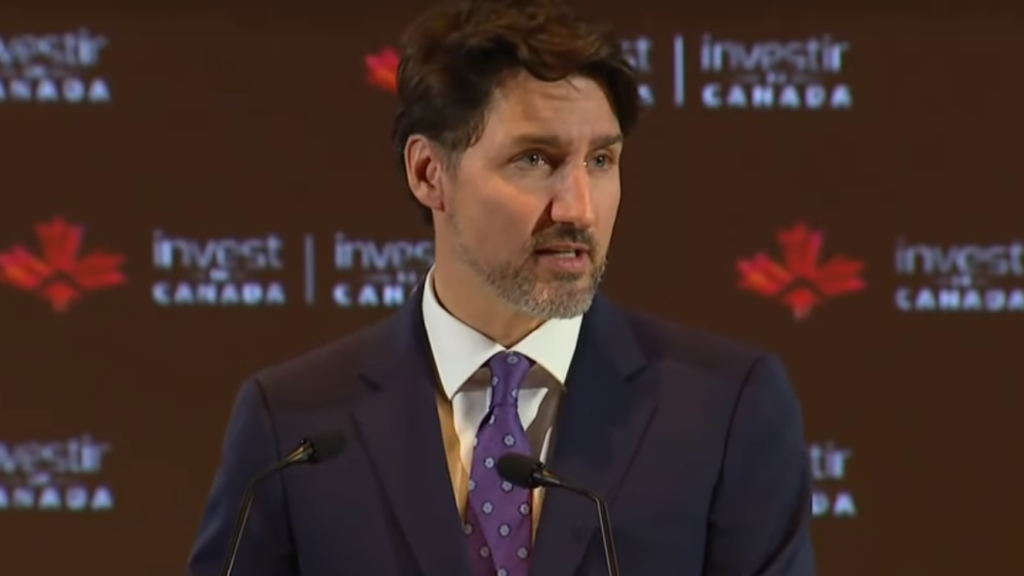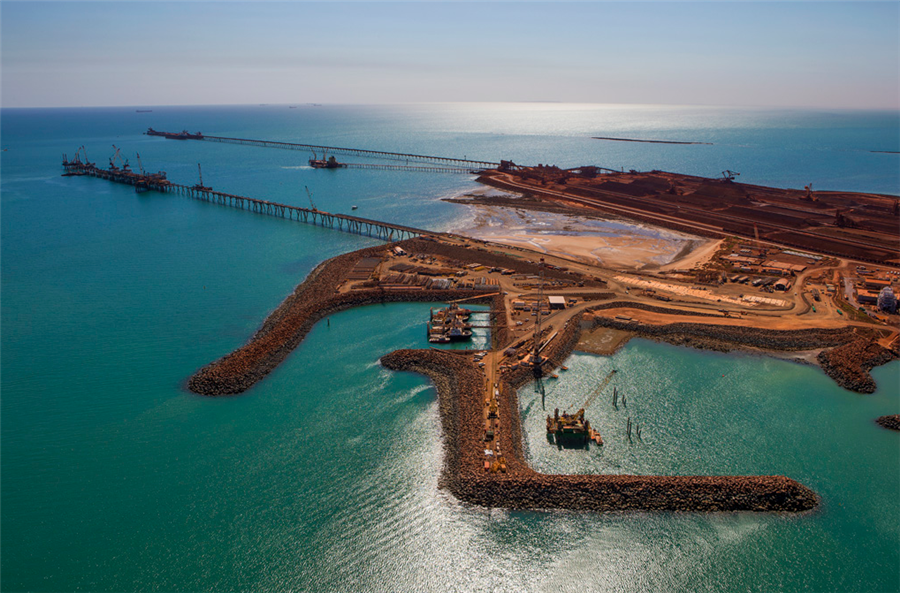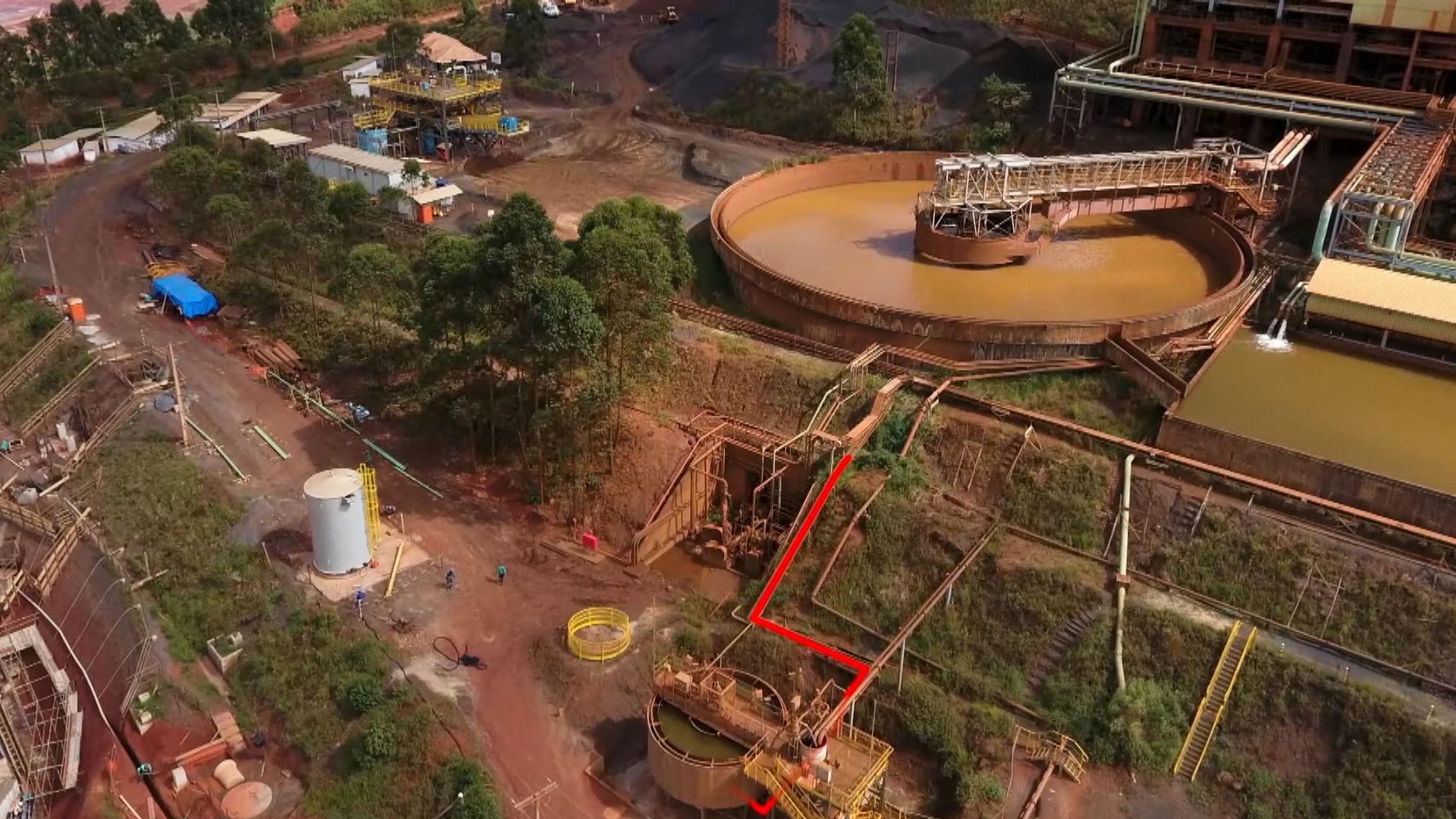Canada risks more than $37 billion in clean tech as incentives in limbo

More than a year after Canada first announced incentives to jumpstart clean technology projects there is still no money flowing, and if they are not in place soon, more than C$50 billion ($37 billion) in investments could be at risk, industry groups said.
Prime Minister Justin Trudeau’s Liberal government has pledged a bevy of investment tax credits (ITCs) worth some C$27 billion over five years to spur investment in green technologies, partly in response to the generous incentives that have been on offer in the United States for more than a year.
“Companies are going to get pretty tired of waiting around given the certainty that they do have in the US,” said Bob Masterson, President and CEO of the Chemistry Industry Association of Canada. The government “urgently needs to get as much of this out the door this fall as possible.”
Masterson says there are “well beyond C$25 billion of proposed investments” in more than a dozen projects in his industry that are waiting for the incentives.
The government first announced some C$10 billion in ITCs for investments in net-zero technologies – including wind or solar power- and for carbon capture and storage (CCS) 17 months ago, and this month concluded consultations on that legislation with industry.
An additional C$17 billion in ITCs for clean hydrogen, electricity and manufacturing were announced six months ago and those are at an earlier stage.
Both sets of ITCs, once fully legislated, will be applied retroactively to the dates outlined previously, said a finance ministry official, and some companies are already investing because they have enough certainty that the money will flow.
The official, who spoke on background due to the sensitivity of the information, said the consultation process took time because the government wanted to get the legislation right. Without saying when the first set of ITCs will be passed, the official said it was a top priority to get them done.
Trudeau has made the transition toward a low-carbon economy a cornerstone of his economic policy and the incentives are key to helping the country bring emissions down to net-zero by 2050, a target set by the prime minister.
Cement maker Lafarge is among the companies counting on ITCs for its plant in Exshaw, Alberta, where it has a plan to capture 1 million metric tons of carbon emissions per year.
“Having ITCs in place in Canada… will certainly help the project’s business case and in ensuring investment in decarbonization occurs in Canada,” the company’s two heads of sustainability said in a joint statement to Reuters.
Dennis Darby, President of Canadian Manufacturers & Exporters (CME), which represents 2,500 companies, said there is urgency because companies are making investment decisions in this calendar year.
CME members are going to need to make between C$25-C$50 billion in green investments over the next four or five years to compete with the United States, Darby said.
Adam Auer, president of Cement Association of Canada, said his members have “billions” in projects that are waiting on the ITCs.
Masterson held up as an example a planned Dow Chemicals project in Fort Saskatchewan, Alberta, which would be the first decarbonized petrochemical facility in the world.
If that project does not go forward because of uncertainty surrounding ITCs, “it’s tough to see how the rest of the global chemistry industry looks at Canada and says, ‘I should go kick the tires and see if I can make a decarbonized investment in Canada,'” he said.
“We are working with the Canadian government to confirm necessary incentives so that we can make a final investment decision this year,” Rachelle Schikorra, a spokesperson for Dow Chemicals, told Reuters.
($1 = 1.3524 Canadian dollars)
(By Steve Scherer; Editing by Timothy Gardner)
More News
Rio Tinto posts lowest Q1 iron ore shipments since 2019, tempers forecast
April 15, 2025 | 03:55 pm
Trump orders tariff probe on all US critical mineral imports
April 15, 2025 | 03:16 pm
{{ commodity.name }}
{{ post.title }}
{{ post.date }}




Comments